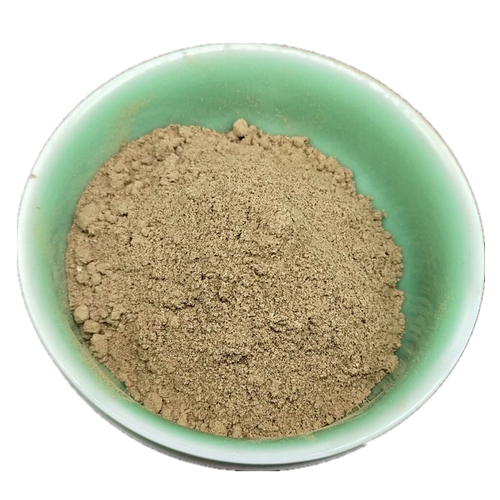Product Overview
Parts used: Dried root and rhizome
TCM category: Herbs that dispel Wind and Dampness
TCM nature: Warm
TCM taste(s): Pungent Salty
Meridian affinity: Bladder
Scientific name: Clematis chinensis, Clematis hexapetala or Clematis manshurica
Use of clematis roots (Wei Ling Xian) in TCM
Please note that you should never self-prescribe TCM ingredients. A TCM ingredient is almost never eaten on its own but as part of a formula containing several ingredients that act together. Please consult a professional TCM practitionner, they will be best able to guide you.
Preparation: Remove impurities, wash, cut and dry.
Dosage: 3 - 12 grams
Main actions according to TCM*: Relieves Wind-Damp, circulates Qi and alleviates pain. clears meridians and eases pain. Softens and releases fish bones lodged in the throat.
Primary conditions or symptoms for which clematis roots may be prescribed by TCM doctors*: Rheumatism Rheumatoid arthritis Fish bone stuck in the throat Muscle cramps Muscle contractions
Contraindications*: This herb should not be used by those with Deficiency of either Qi or Blood.
Common TCM formulas in which clematis roots are used*:
For Wind-Damp obstruction or rheumatic aches and pains combine clematis roots with dong quai (Dang Gui), mistletoe (Hu Ji Sheng) and pubescent angelica roots (Du Huo).
For Wind-Damp obstruction, stiffness, pain of the limbs and joints combine clematis roots with stephania roots (Fang Ji), flowering quince (Mu Gua) and dong quai (Dang Gui).
Key TCM concepts behind clematis roots (Wei Ling Xian)'s properties
In Traditional Chinese Medicine (TCM), clematis roots are plants that belong to the 'Herbs that dispel Wind and Dampness' category. These herbs typically help treat what's called 'bi pain' (i.e. painful obstruction) in TCM. This roughly corresponds to arthritic and rheumatic conditions with pain, stiffness and numbness of the bones, joints and muscles.
Furthermore clematis roots are plants that are Warm in nature. This means that clematis roots tend to help people who have too much "cold" in their body, although with less effect than a plant that would be Hot in nature. Balance between Yin and Yang is a key health concept in TCM. Those who have too much cold in their body are said to either have a Yin excess (because Yin is Cold in nature) or a Yang deficiency (Yang is Hot in Nature). Depending on your condition clematis roots can help restore a harmonious balance between Yin and Yang.
Clematis roots also taste Pungent and Salty. The so-called "five elements" theory in Chinese Medicine states that the taste of TCM ingredients is a key determinant of their action in the body. Pungent ingredients like clematis roots tend to promote the circulations of Qi and body fluids. That's why for instance someone tends to sweat a lot when they eat spicy/pungent food. On the other hand Salty ingredients tend to have a draining effect in the body because they clear accumulations, remove phlegm and soften hard lumps.
The tastes of ingredients in TCM also determine what organs and meridians they target. As such clematis roots are thought to target the Bladder. In TCM the impure water collected by the Kidneys that cannot be used by the body is sent to the Bladder for storage and excretion as urine.









